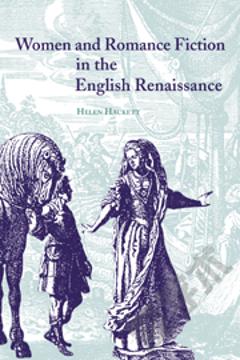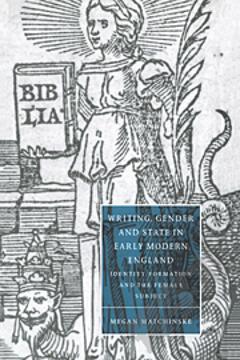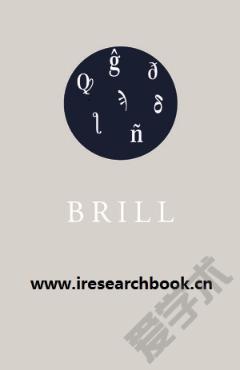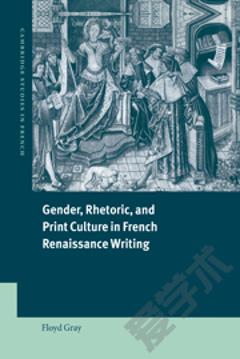Masculinity, Gender and Identity in the English Renaissance Lyric
In early modern lyric poetry, the male poet or lover often appears not as powerful and masterly but rather as broken, abject, and feminine. Catherine Bates examines the cultural and literary strategies behind this representation and uncovers radically alternative models of masculinity in the lyric tradition of the Renaissance. Focusing on Sidney, Ralegh, Shakespeare, and Donne, she offers astute readings of a wide range of texts - a sonnet sequence, a blazon, an elegy, a complaint, and an epistle. She shows how existing critical approaches have too much invested in the figure of the authoritative male writer to be able to do justice to the truly radical nature of these alternative masculinities. Taking direction from psychoanalytic theories of gender formation, Bates develops critical strategies that make it possible to understand and appreciate what is genuinely revolutionary about these texts and about the English Renaissance lyric tradition at large.
{{comment.content}}








 京公网安备 11010802027623号
京公网安备 11010802027623号